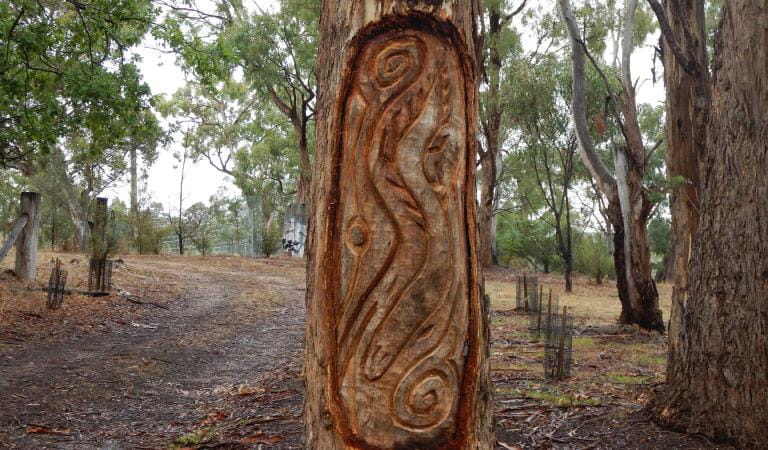Aboriginal Cultural Heritage
As part of the oldest living culture in the world, Aboriginal people have lived throughout what is now known as Victoria for tens of thousands of years.
Aboriginal cultural heritage is the continuing record of Victoria’s Aboriginal societies. This rich legacy includes physical evidence of past and present occupation and cultural practices, visible through places and objects like shell middens, rock markings, artefacts and culturally modified trees. Equally importantly, cultural heritage can be reflected in the intangible values that have been passed from generation to generation – the practices, expressions, knowledge and skills that have been developed and refined over thousands of years, and that connect Aboriginal people to one another, to their ancestors and to Country.
Cultural heritage is not just a remnant of history. It's alive, and constantly changing and evolving – often expressed through cultural traditions that have been reclaimed and revitalised in a contemporary setting.
The places where tangible and intangible cultural heritage exist have great social, spiritual and ceremonial significance, both for Aboriginal people and for the broader Victorian community. Protecting cultural heritage is not just fundamental for Aboriginal people’s identity and wellbeing, it is important to the whole community. It is a part of Victoria’s heritage – our shared story of how we have grown and evolved as a society.
Parks Victoria is committed to protecting and conserving Aboriginal cultural values across the estate. We work in partnership with Registered Aboriginal Parties and other Traditional Owners, who are recognised as the custodians of their cultural heritage.
Girtgan Kurtba Ngulmbiu Gway-un Aboriginal Cultural Heritage Plan 2020-23 (the Plan) sets out what Parks Victoria needs to do and dliver to meet its Aboriginal cultural heritage management obligations. Girtgan Kurtba Ngulmbiu Gway-un Aboriginal Cultural Heritage Plan Performance Report 2021-22 outlines how Parks Victoria is tracking towards meeting the objectives of the Plan.
Park users, volunteers and others working in parks also have a responsibility for making sure these core cultural values in parks are protected. An Aboriginal Heritage Identification Guide has been developed to help people identify and care for tangible cultural heritage.
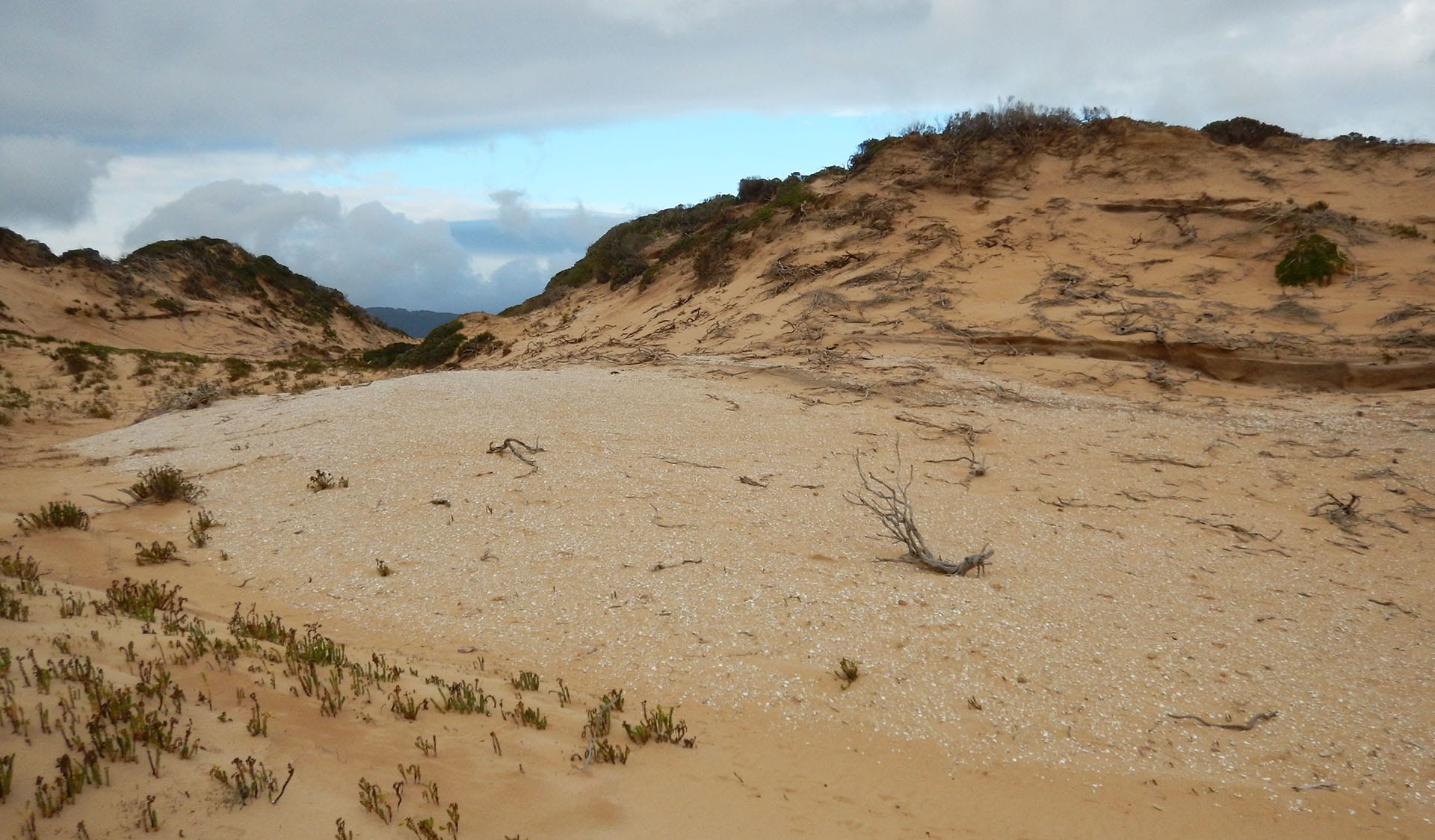
Aboriginal middens
Middens are shell deposits that have built up over time, often as the result of Aboriginal people gathering and eating shellfish and molluscs. The shellfish can be blackened from cooking fires and may be found near both fresh and salt water sources throughout Victoria.
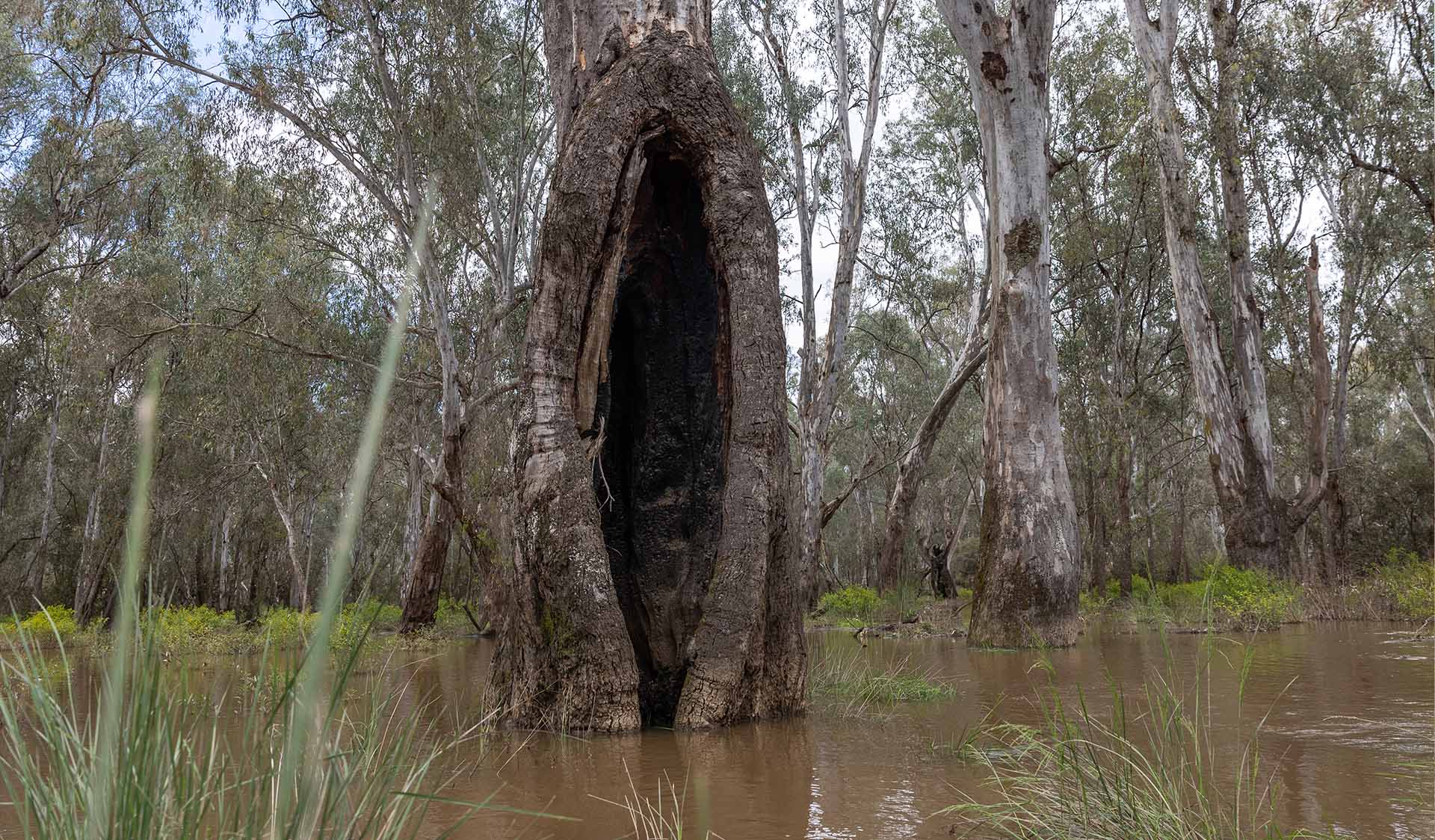
Culturally modified trees
Aboriginal people modify trees as part of their cultural traditions for many reasons. These reasons range from bark-removal to construct water transport, temporary shelters or other cultural objects, to ceremonial and territory markings, and branch manipulation.
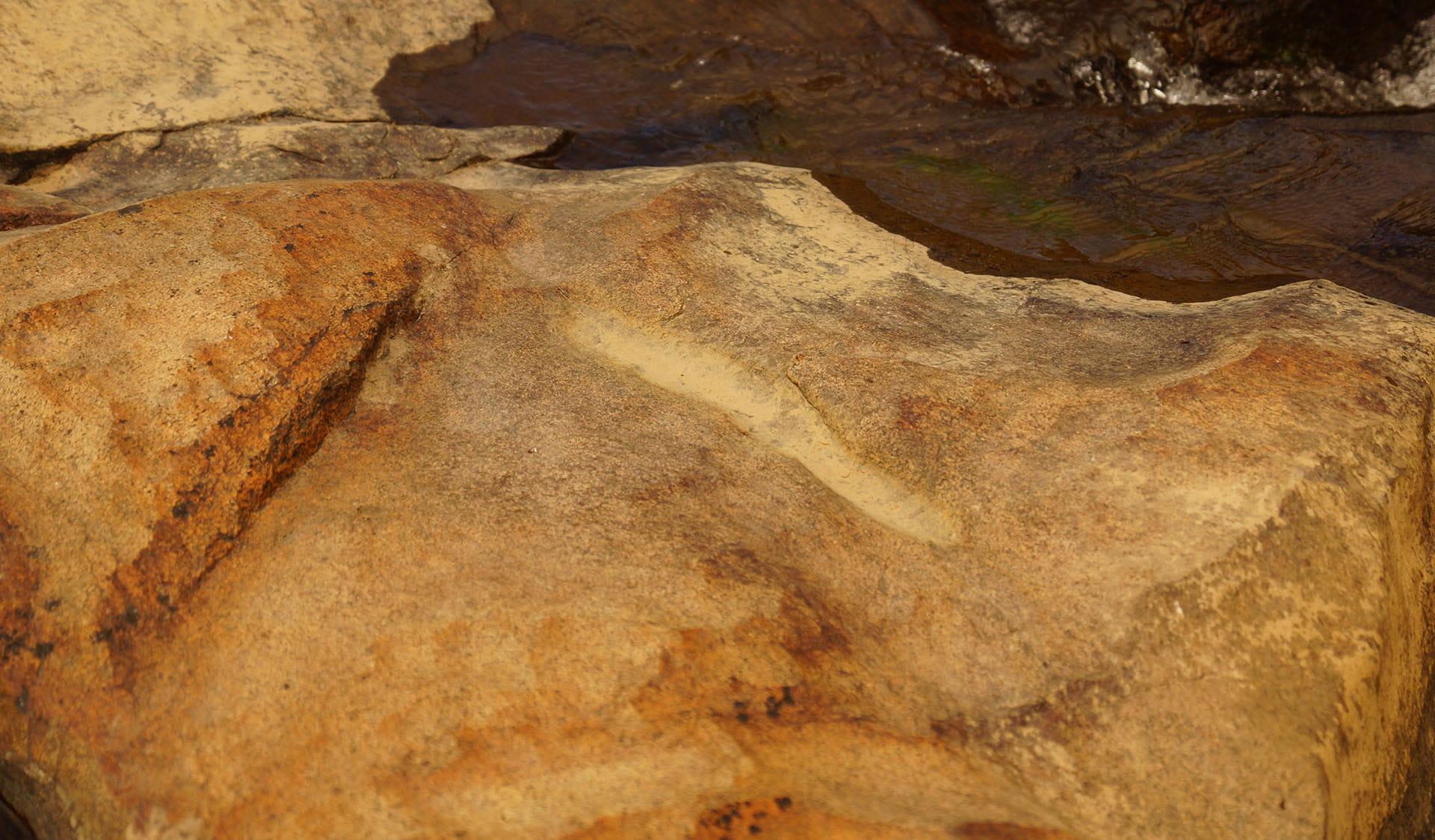
Axe-grinding grooves
Axe-grinding grooves are created by First Peoples sharpening stone axes along a cutting edge by grinding them against coarse stone platforms or outcrops (often sandstone). This is a process which wears away at the stone, creating elongated indentations.
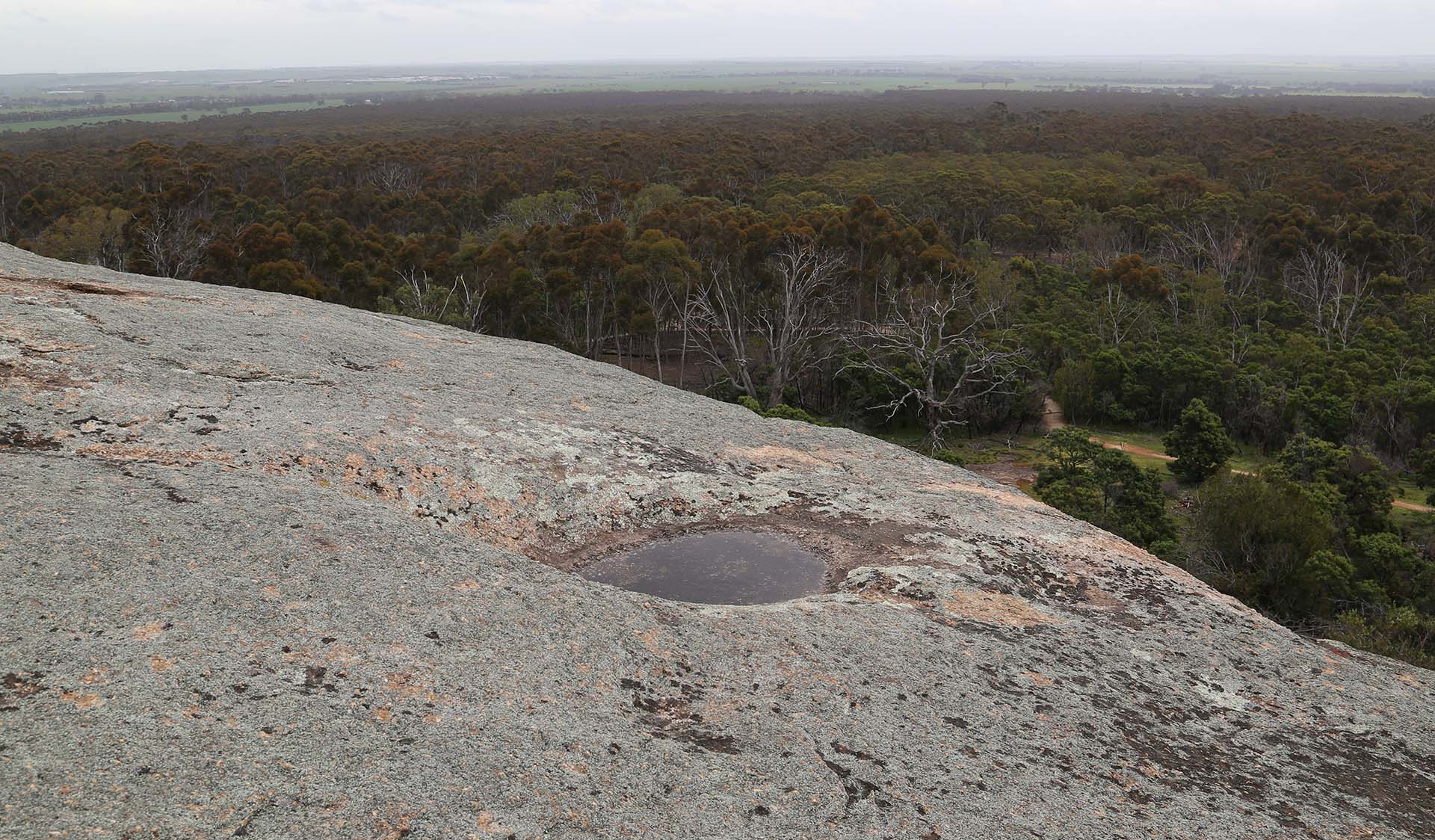
Aboriginal stone arrangements
An Aboriginal stone arrangement is a collection of stones or boulders arranged to construct a place of cultural significance. Stone arrangements or features may be stone houses, fish or eel traps that are part of an aquaculture system, ceremonial arrangements or rock wells.
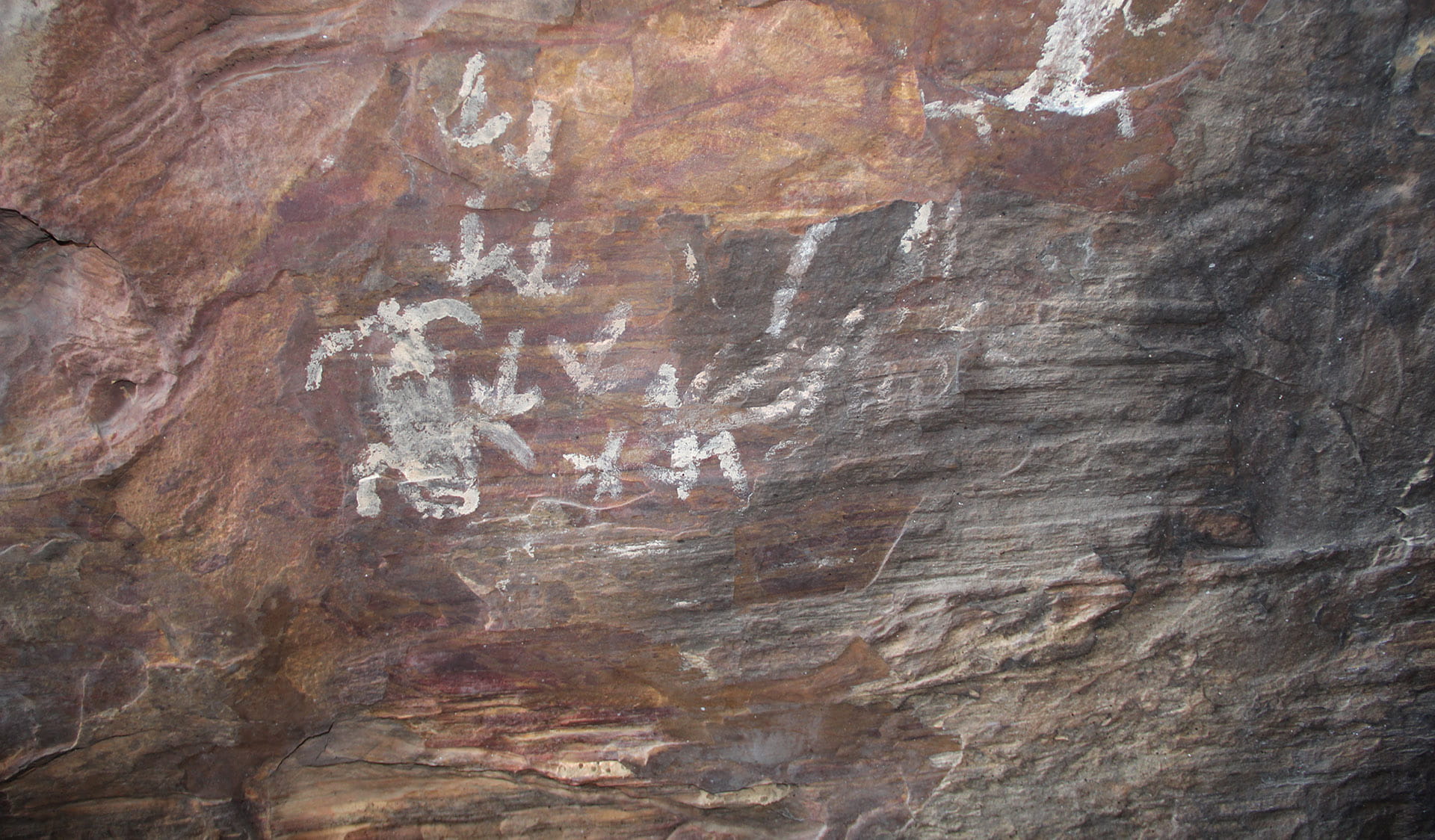
Rock art
Paintings and engravings are created on rock surfaces by Aboriginal people all over Australia. The style, motifs and technique of rock art varies over location and throughout time. Rock art was produced for ceremonial or teaching purposes, for telling stories and was directly related to the social, cultural and spiritual connection Aboriginal people have to Country.


